Since it became independent in 1929, Vatican City has been the world’s smallest state. Every evening the gates close, leaving behind only 500 permanent residents. I once spent a week behind the walls as a guest in the Santa Marta hostel where the Pope lives; at night the deserted courtyards are thrillingly spooky.
But it’s during the day that they echo with the footsteps of secret agents. The Vatican has been teeming with spies since popes started living on this 100-acre plot of land west of the Tiber when they returned from Avignon in 1377. In the twentieth century it entered a new era of espionage when the papacy was targeted by Nazi Germany, Soviet Russia and the United States.
By definition, secret agents are supposed to be difficult to identify. It’s doubly hard in the case of the Vatican spies who are the subject of the French historian Yvonnick Denoël’s book because so many of them have been priests. Those employed by the Church range from taciturn creatures of the Curia — George Smileys in clerical collars — to heroic clergy who take insane risks behind the lines in order to help persecuted Catholics.
I say “those employed by the Church” because, since the 1930s, when Denoël begins his narrative, a scandalous number of priests have infiltrated the Vatican as agents of foreign powers. Some did so because they were being blackmailed; some were bribed. Others, especially during the Cold War, were sincere Marxists who received the sacrament of Holy Orders on the instructions of their communist bosses.
The Polish secret service almost certainly managed to sneak a mole into the Vatican during the Second Vatican Council. Father Jerzy Dabrowski, codenamed “Ignatius,” was the deputy secretary of the Polish bishops from 1963 to 1970. By the time he died in a car crash in 1991 he was an auxiliary bishop credited with facilitating the negotiations that established a democratic Poland. Not until 1997 was he named as a government agent who had fed Council documents to the KGB.
The Kremlin faced greater challenges recruiting Catholic priests from the largely Orthodox Soviet Union. It succeeded by inserting Lithuanian Catholic agents into the pontifical seminaries. Meanwhile, nearly every Russian Orthodox clergyman working for “ecumenism” with the Catholic Church was a spy. Their efforts bore spectacular fruit. In 1970, just days after President Richard Nixon met Pope Paul VI, a detailed summary of their conversations landed on the desk of the KGB chief Yuri Andropov.
Vatican Spies begins with the pontificate of Pius XII. The dispute over whether his silence in the face of Nazi atrocities saved or endangered lives will never be settled. What we do know is that he hid Jews in Rome and gave his blessing to the plot to assassinate the Führer. So much for the claim that he was “Hitler’s Pope.” On the other hand, it was during his pontificate that the Vatican helped Nazi war criminals escape to South America so long as they converted to the Catholic faith. Naturally, they jumped at the chance. Denoël suggests that in the view of Pius XII they were “simply lost sheep who had finally opened their eyes to the teachings of the Church.” Such naivety is perhaps harder to defend than his wartime silence.
In the end, though, diplomacy is a nightmare for all popes, who wield enormous influence but have to protect millions of vulnerable believers without the support of any legions. Accommodating dictators is sometimes the only alternative to a bloodbath. At other times it betrays moral cowardice. The line between the two is perilously thin.
Even John Paul II, revered for his role in toppling communism, initially placated Poland’s regime before exploiting its eventual weakness to push for change. That was surely the greatest of all the Church’s diplomatic triumphs. In contrast, the greatest disaster is now unfolding, and it is a weakness of Denoël’s otherwise even-handed study that he does not recognize it for what it is.
In 2018 the Vatican took action to end the messy anomaly of two Chinese Catholic churches — one run by the Communist Party, the other loyal to Rome and supposedly underground, though in practice the two were entangled. So it signed a deal that allowed Beijing to nominate bishops so long as Pope Francis approved them. President Xi promptly violated the agreement; the Vatican has not. As a result, Chinese communist spies are free to strut around Rome. They do not need to masquerade as official Catholic bishops because that is what they are, their consecrations recognized by the Pope in the knowledge that their only allegiance is to Beijing.
Both sides have “a long-term perspective,” says Denoël. The truth is that only China’s perspective matters, because it is the only side moving closer to its goal: the transformation of Vatican City — still grotesquely corrupt and therefore always susceptible to blackmail — into its first European vassal state.



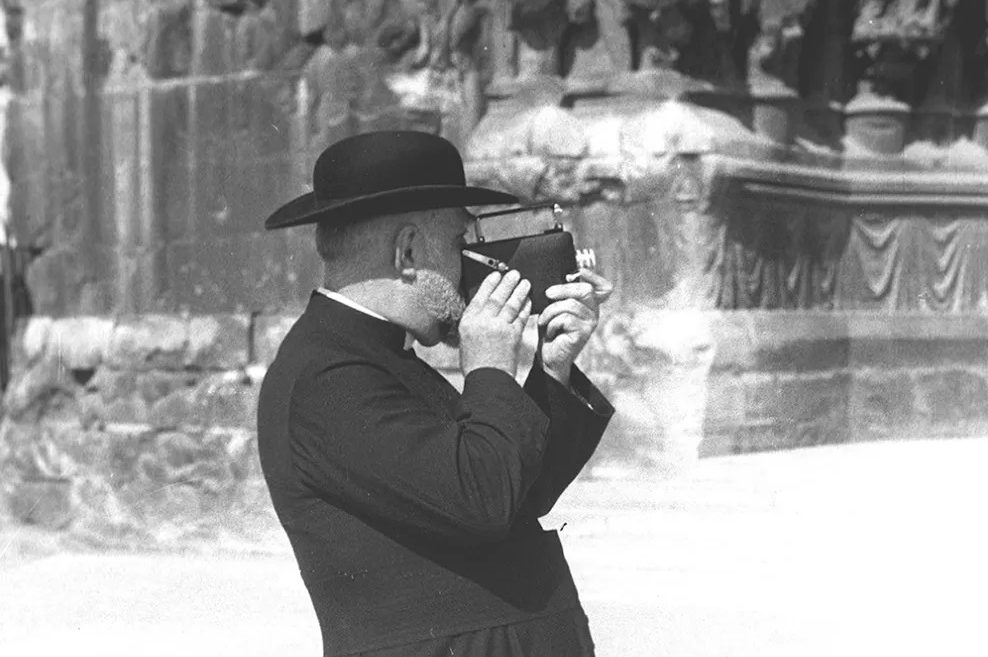






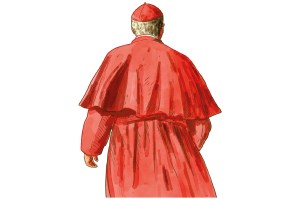
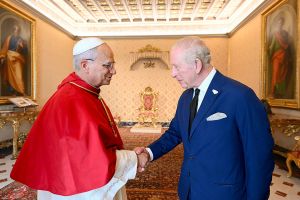


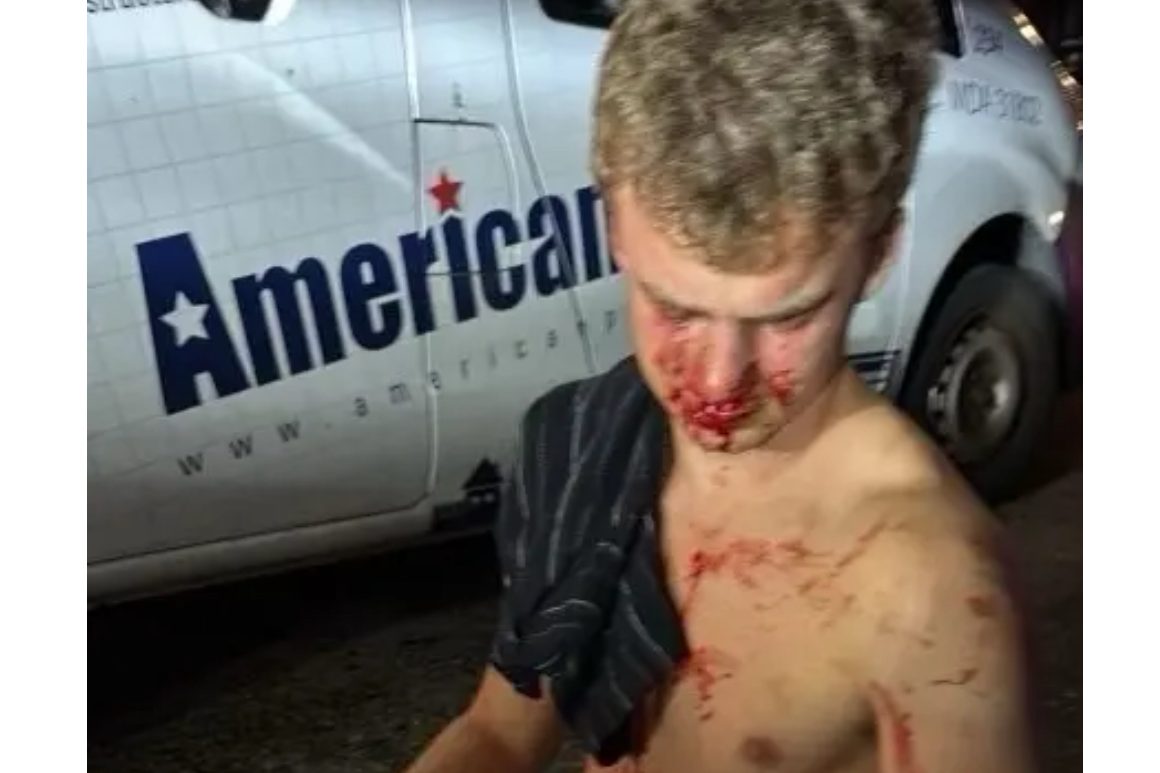
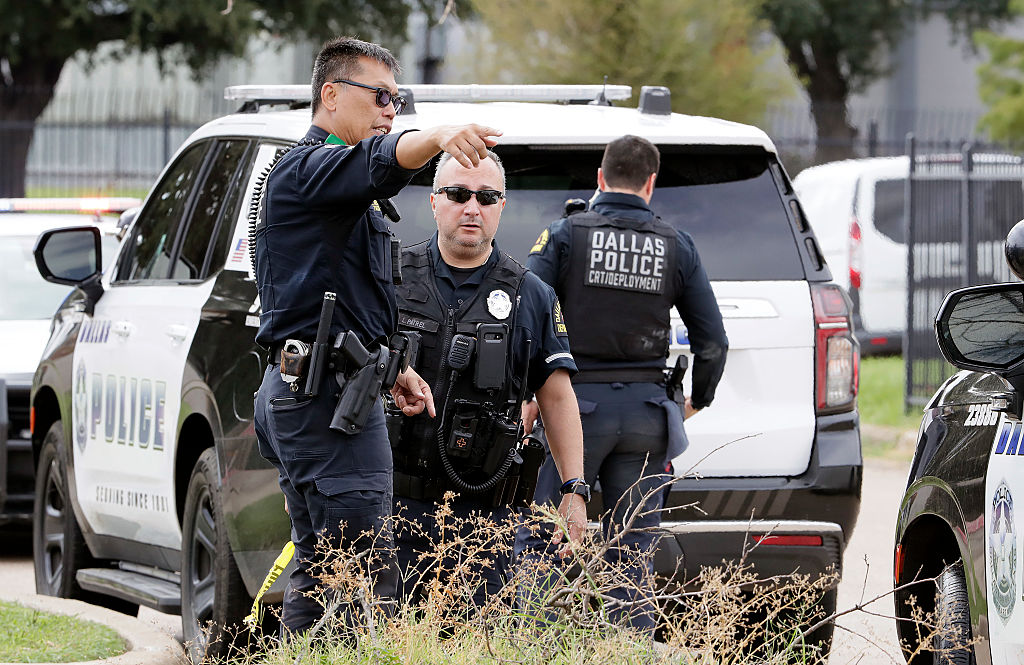
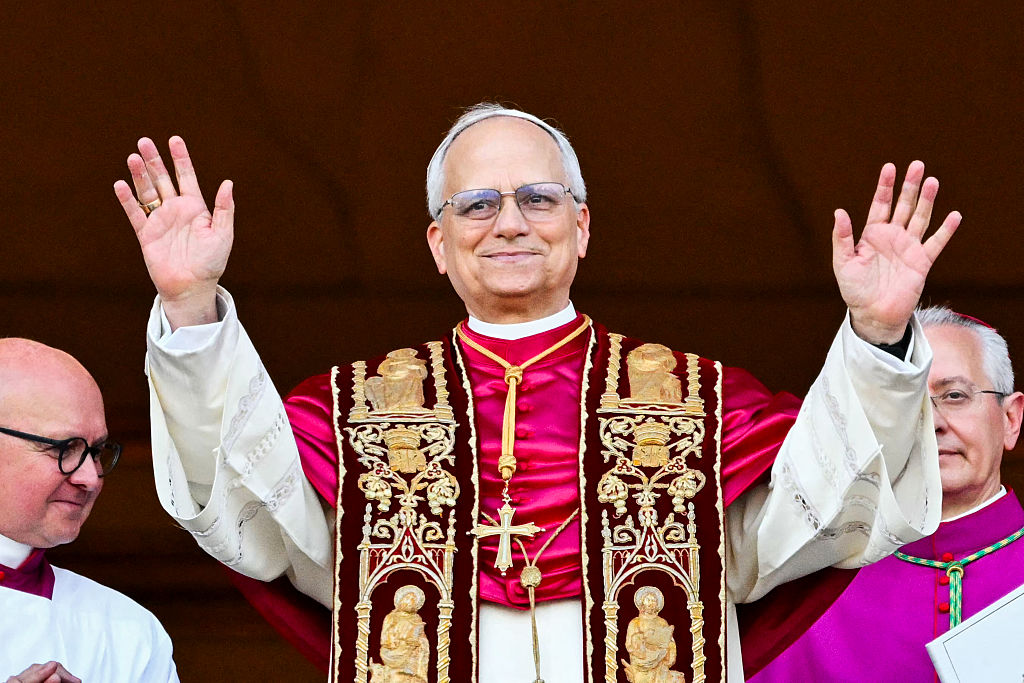
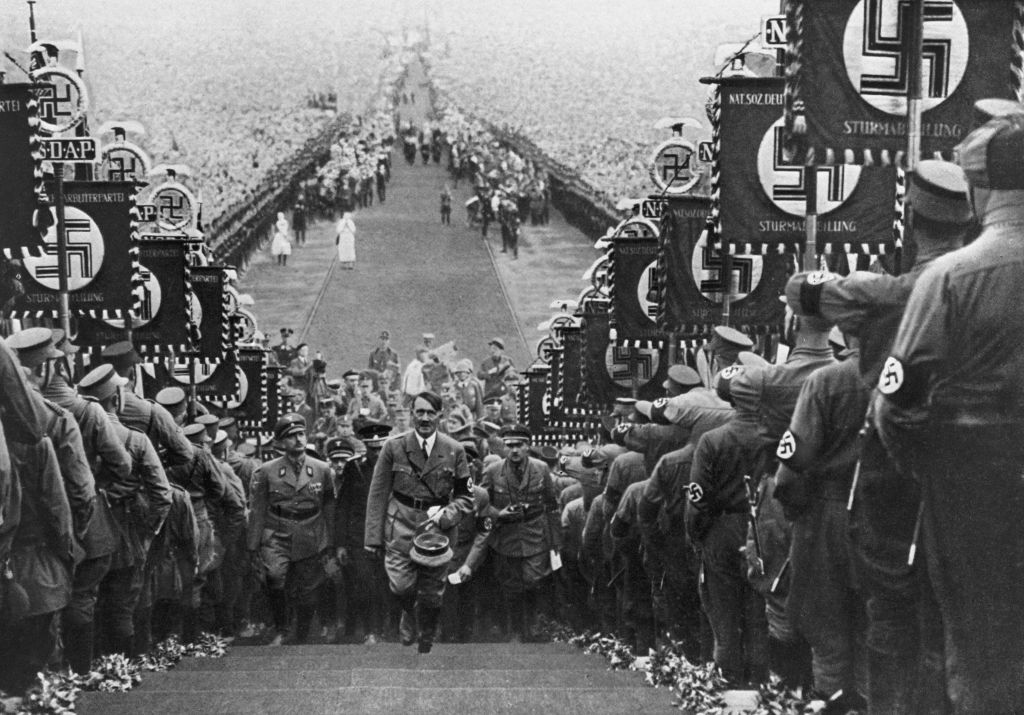


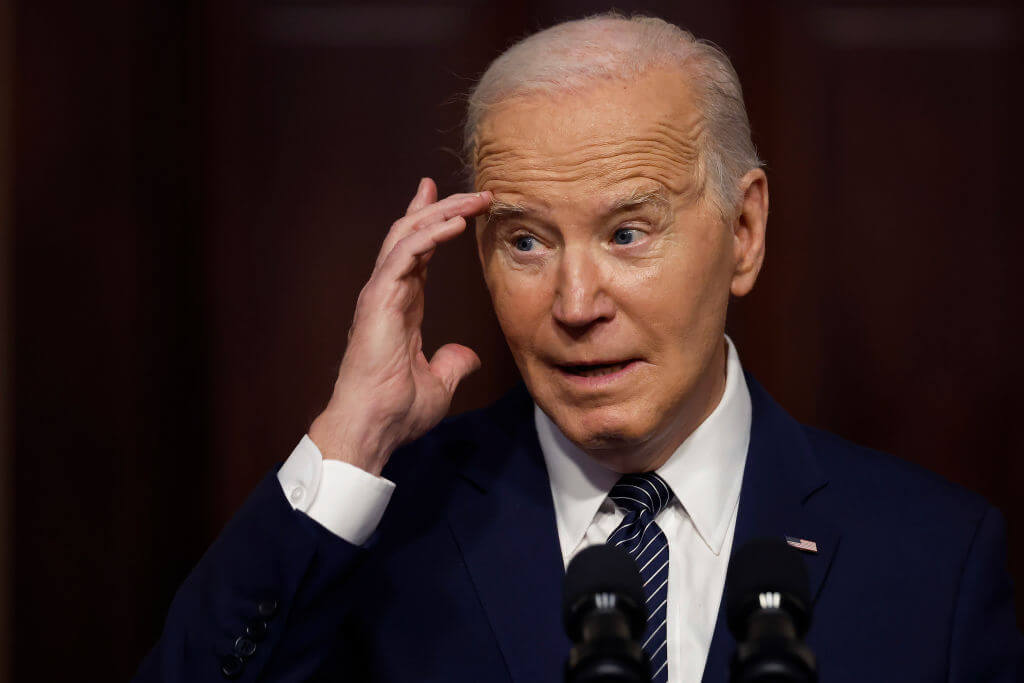



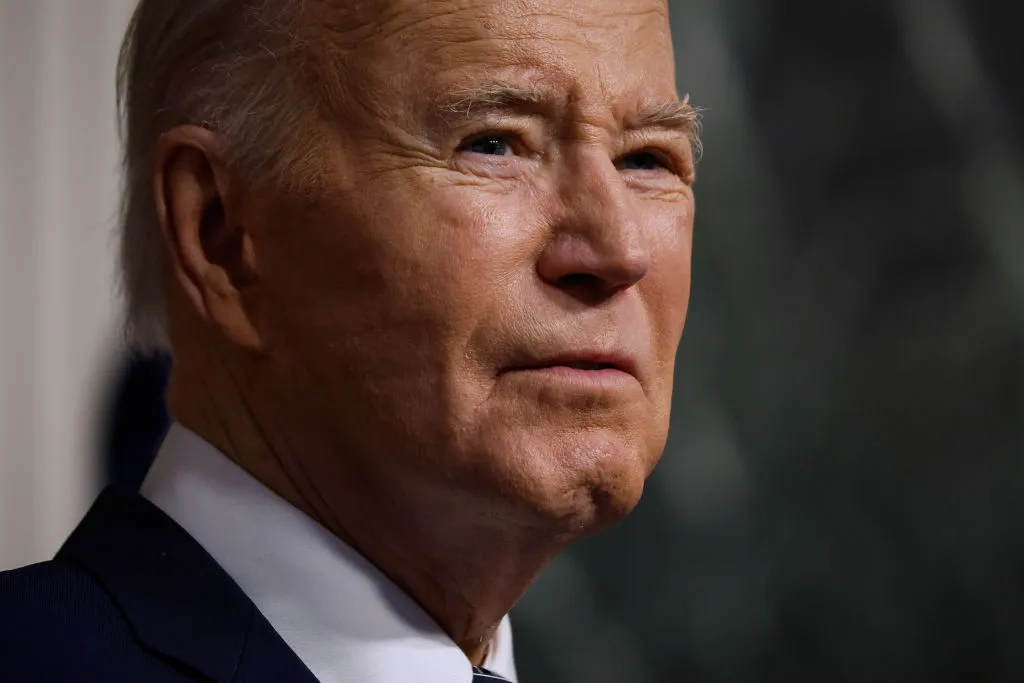

Leave a Reply